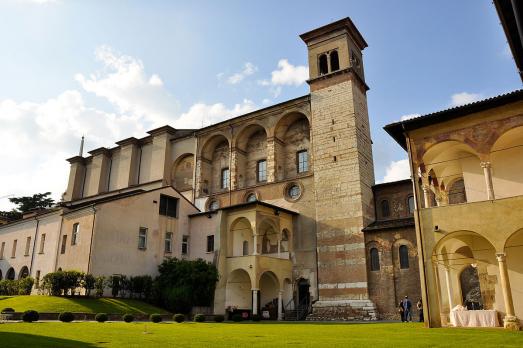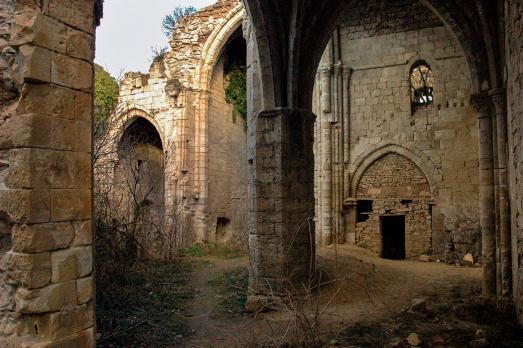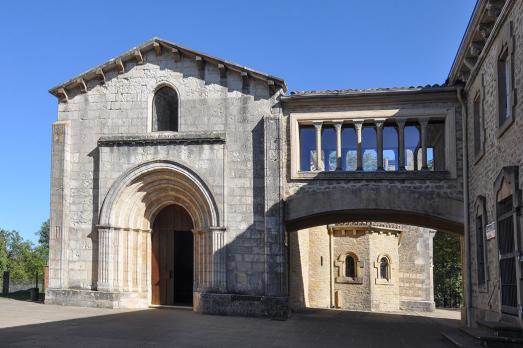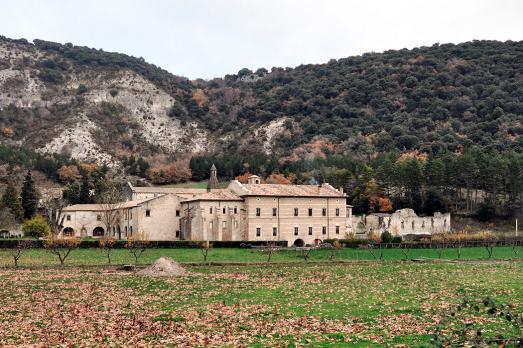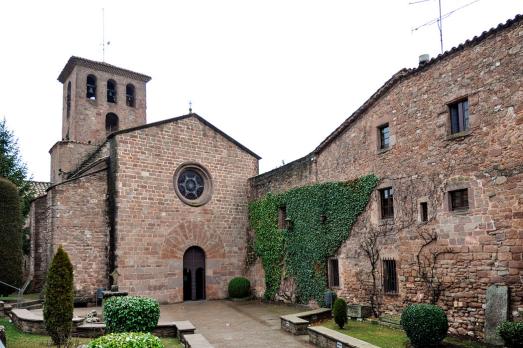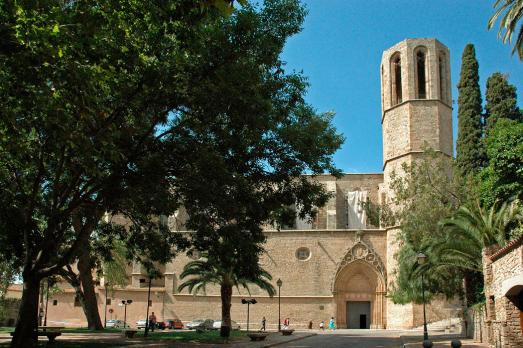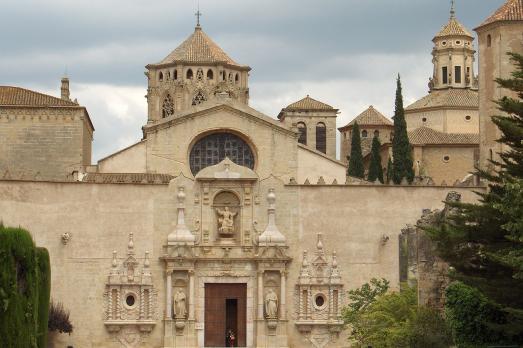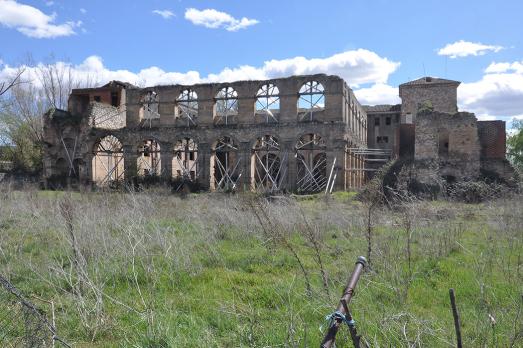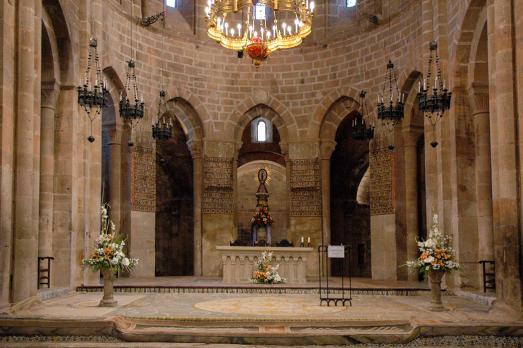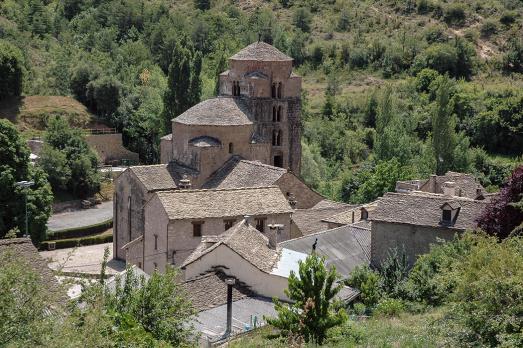
Monastery of Santa Cruz de la Serós
Santa Cruz de la Serós, ES
The Benedictine Monastery of Santa Cruz de la Serós was founded by Sancho II de Pamplona (Count of Aragon, 970-994) and his wife Urraca de Castilla. It enjoyed prestige and wealth during the 12th century. Today only the church of the former monastery remains.
